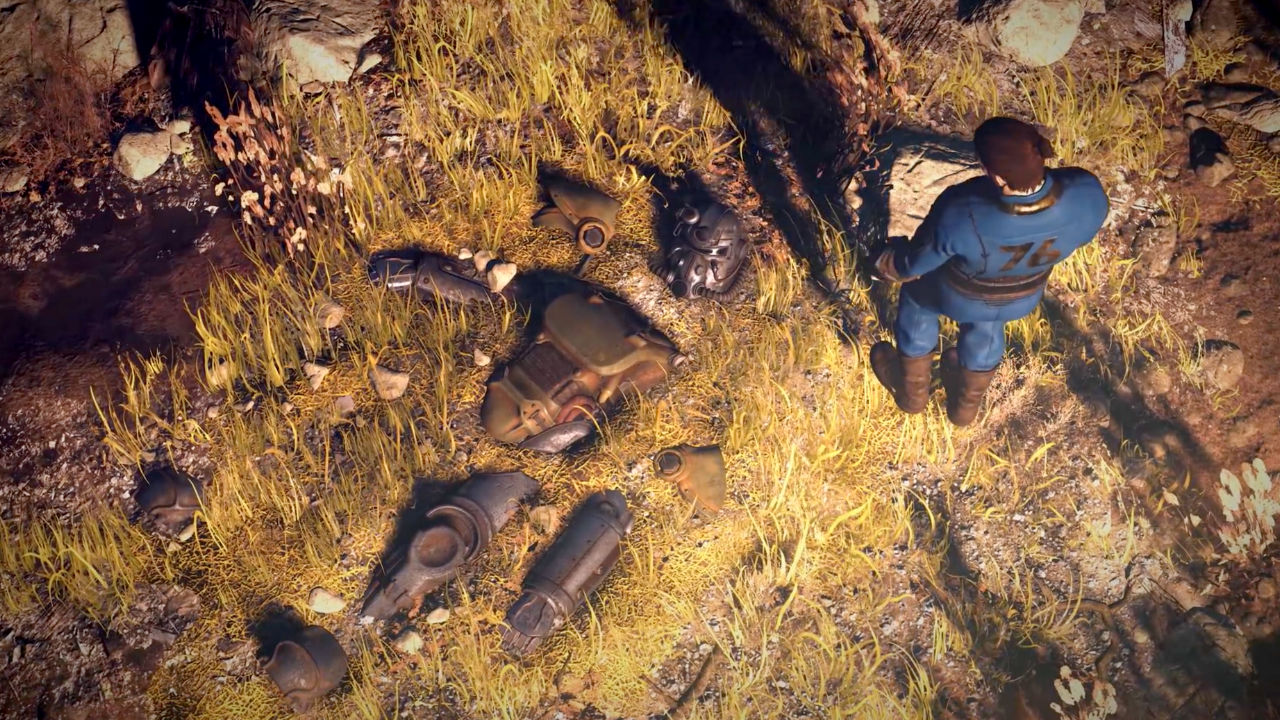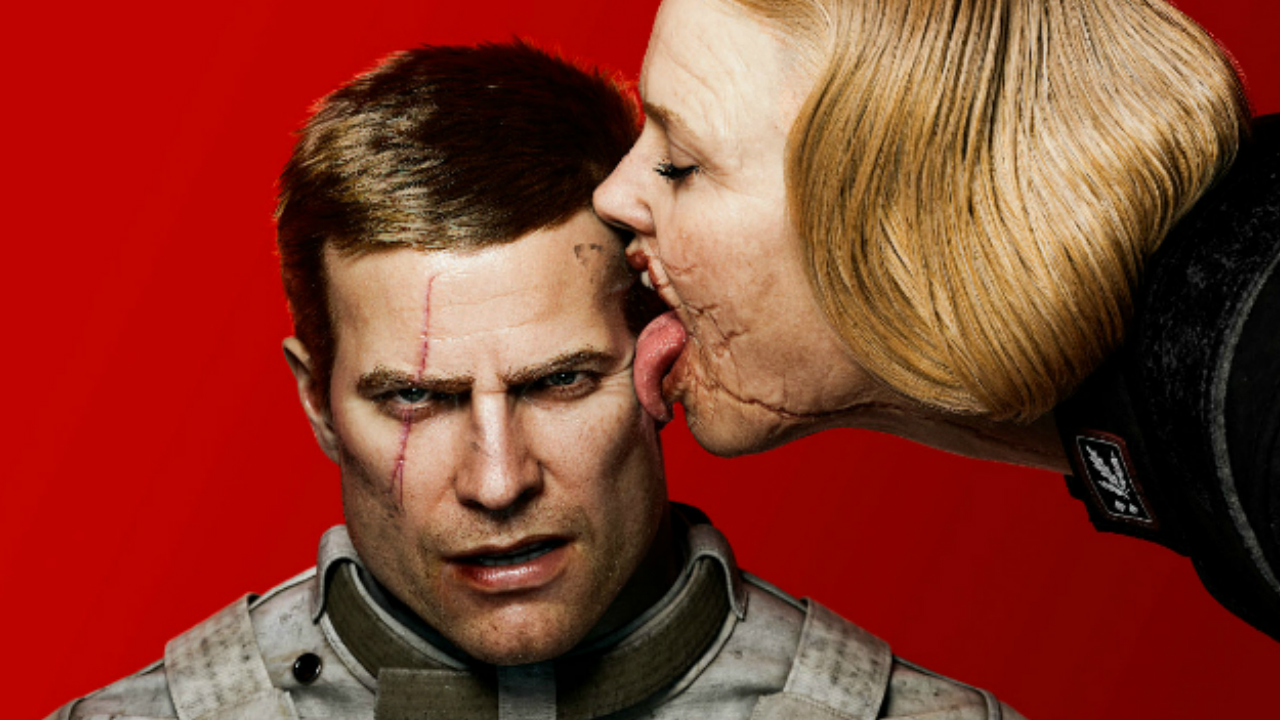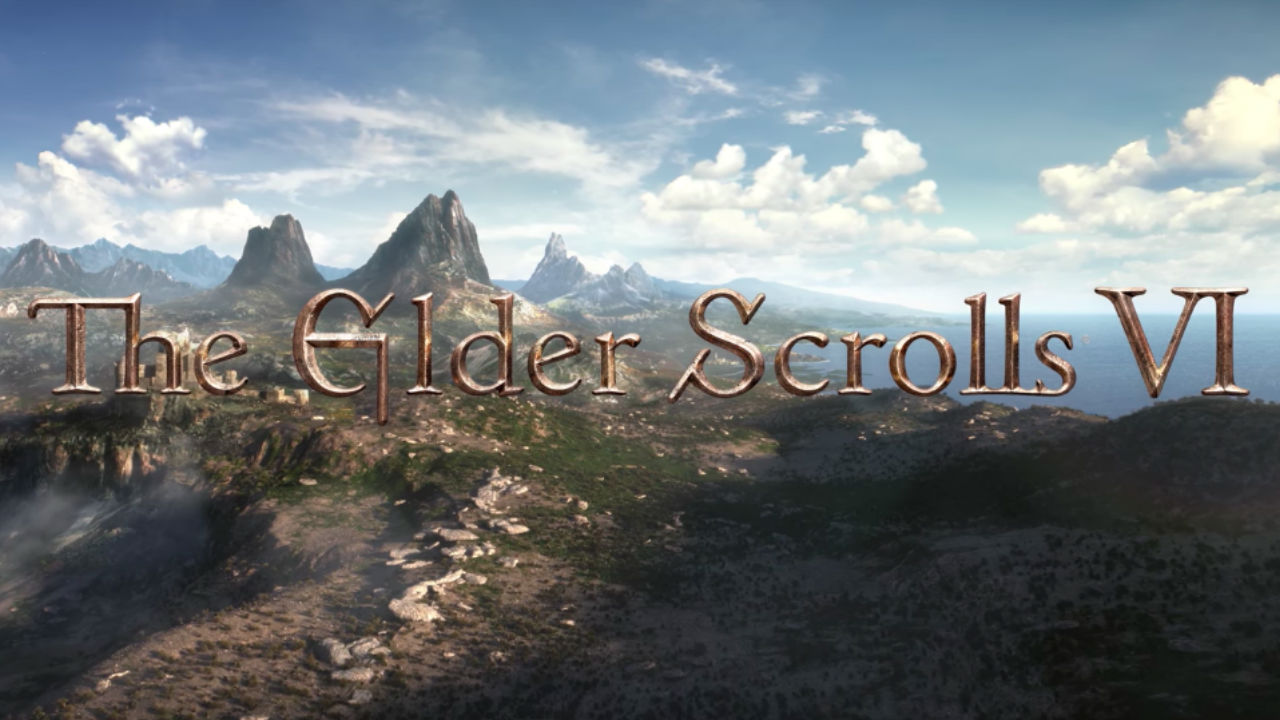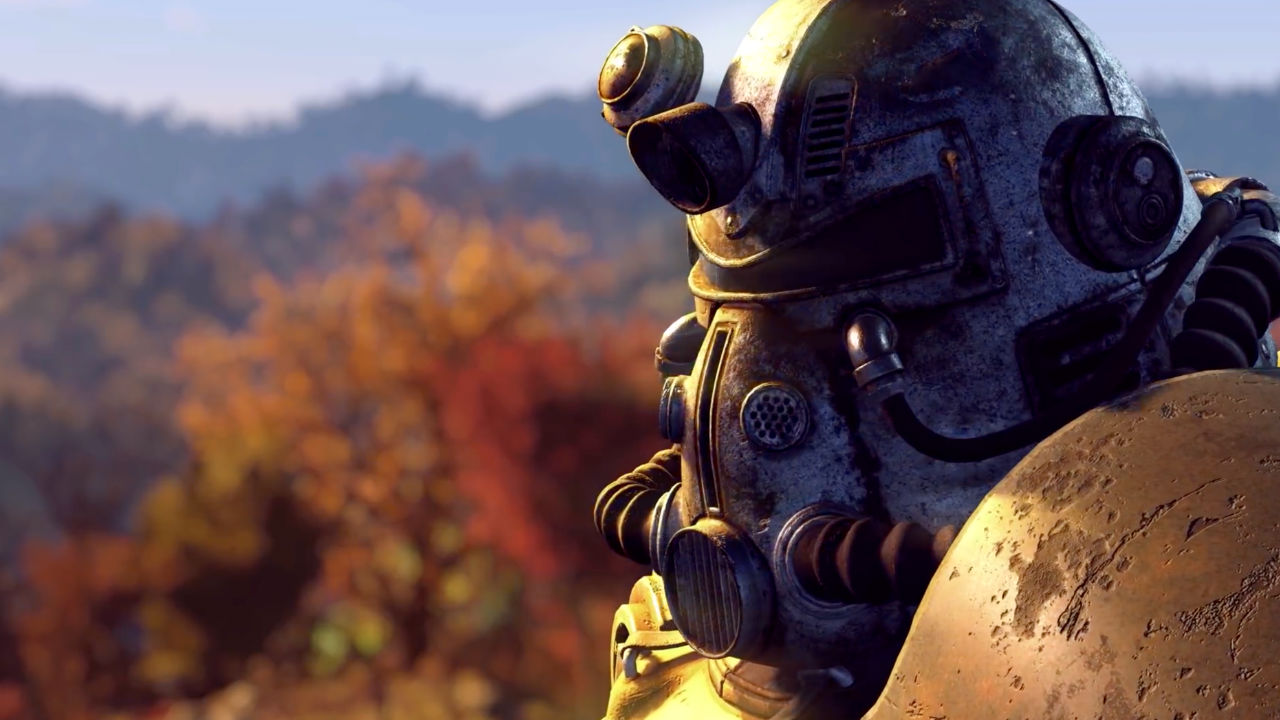At E3 2018, Bethesda gave fans the long-term promises they wanted. But getting what you want comes with a price
The Elder Scrolls 6, new Fallout, *and* Starfield? It's a great line-up, but it's not happening any time soon.

E3, despite being the year’s most intense focal point for gaming, is rarely about the here and now. It’s rarely, in fact, about anything particularly tangible. When it comes down to the platform holders and major publishers, E3 is more about ideas and ideology. It’s about paving the path of what will be, rather than what is. It’s about delivering a rough plot-sketch of the narrative for the next few years, in order to keep the various factions of the console fanbase content in their purchasing decisions, and the wider audience hanging on the major third-parties’ every word.
But last year, Bethesda tried something different. Last year, it did keep the conversation focused on the here and now. It kept things punchy, and delivered an eclectic salvo of games that would all be available by the end of 2017. No tantalising, far-off release dates, or enigmatic but empty drops of logos for games whose content was unknowable beyond the walls of the publisher’s many studios. This was your immediate gaming future. Wolfenstein 2, Dishonored: Death of the Outsider, The Evil Within 2, Doom VFR, Skyrim Switch, new Elder Scrolls Online content, all out by Christmas. Good times. Have at it. Go nuts.
And the internet did, but not necessarily in a good way.

There were immediate claims of paucity. There was outcry at the non-appearance of non-existent games that certain segments of the fanbase thought they were owed by June 2017. Bethesda was lambasted for delivering a weak, empty conference, and oh my God just where was my Elder Scrolls 6, damnit Todd you monster.
To me, the response was rather unfair, and missed the point. Bethesda was trying to deliver something different from the usual endless highway of nebulous E3 hype. It was trying to infuse itself into the immediate, dropping something more tangible, vital, and real. It was a strategy that had gone down well with Fallout 4, so why not? The publisher’s last, large-scale RPG had been announced just four months before its November 2015 release date, and had enjoyed intensive hype as a result. There just wasn’t time for expectation-fatigue. But apparently the E3 audience are a fickle crowd, and only tolerate such a philosophy so far.
And so, Bethesda’s line-up of E3 2018 games took the opposite tack. We got another barrage of fresh and ready-to-go-right-now surprises, of course, because that’s what Bethesda does. We got Prey: Mooncrash, a roguelike expansion now live and ready to download. We got Fallout: Shelter on PS4 and Switch, also immediately available. We got an extended gameplay preview of Rage 2, which will be out by the end of spring, and a new, ‘80s-tinged, co-op spin-off from Wolfenstein, which I’d be willing to bet will also be released during the earlier end of its 2019 release window. But this was also a Bethesda that seemed to feel the burden of the more distant future on its mind.

So we got The Elder Scrolls 6. Kind of. We got a logo, and a landscape from which to decipher the game’s location within the Scrolls universe, and little else. Because in truth, little probably exists right now, beyond half a title and the idea of a setting. Bethesda Game Studios is still hard at work on Fallout 76, the staggeringly large, four-times-bigger-than-Fallout-4, optional multiplayer follow-up to its last apocalyptic adventure, which released not long ago, in game dev time. And then there’s Starfield, the long-rumoured, sci-fi RPG, now confirmed to be real and also releasing before The Elder Scrolls 6.
Weekly digests, tales from the communities you love, and more
The Elder Scrolls 6 is likely little more than an idea right now. Bethesda has been telling us for years that the game is way, way off, and that – yes – it does indeed have couple more full-sized games to make before starting full production. The Elder Scrolls 6 might easily be another five years away at this point. So why mention it at all?
Because, as I said in this article’s opening, E3 is really about ideas, not realities. It’s a semi-fantastical, video games dream state, where people come to content themselves with imaginary futures in order to quell uncertainty. There’s a lot of uncertainty in this industry, and in life in general, so that’s fair enough. But there’s a price for that semi-real contentment. The greater the dream, the longer it will take to realise, and Elder Scrolls fans will soon have to decide whether it’s more frustrating to wait for the intangible and far-off sixth game with or without confirmation of its currently-debatable existence.

Fans of Bethesda Game Studios never make it easy. Bethesda is a victim of its own success in many ways; the depth, quality, and scope for entrancing, no-life absorption in the RPGs it creates delivering such rabid demand that their players swiftly become insatiable between entries, despite the hundreds of hours’ play available in each one. You only need to look at the pre-E3 fury at the notion that Fallout 76 might not be a ‘proper’ Fallout (despite such a thing not being anywhere near due) for evidence of that.
And then there’s long-term, ambient demand for Starfield. And the long-ignored irony of how all these hopes would eventually, inevitably clash with equally vocal desire for The Elder Scrolls 6. It’s an impossible situation to reconcile, but this year Bethesda did the best it could. It gave in to last year’s outcry, and gave fans what they wanted, even if only the briefest taste is currently possible. Over the next months and years, it will be up to the fans to decide whether that’s what they really wanted, or whether Bethesda got it right last time, actually. But for now they can keep dreaming. That’s the real point of E3, after all.



